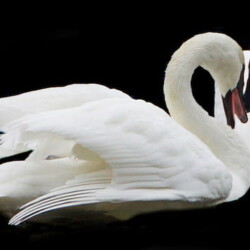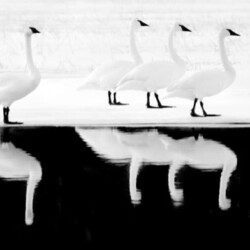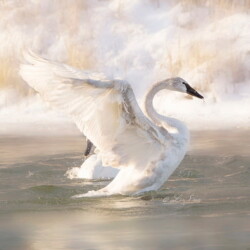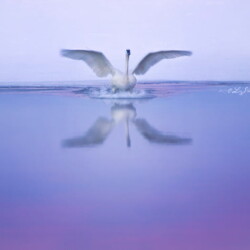THE ART OF PHOTOGRAPHY
John Caughlan
John Caughlan is an alumnus of Pequot Lakes. Growing up in this area, John developed a deep appreciation for the natural beauty around him. John’s background is drawing and painting, but he has devoted the last twenty years to photographing the places and people of Minnesota.
Recently, John has returned back to his roots and has started drawing and painting again. He has produced an amusing Paul Bunyan and Babe cartoon series. John resides in the St. Cloud area, but his heart is always up north.
Liz Shaw
Bella Designs LLC
National and state award-winning photographer, photojournalist, and artist, Liz Shaw of Park Rapids, has captured everyday moments for the last 38 years.
Her passion as a news photographer and photo editor has allowed access to beautiful people and places in the upper Midwest and Minnesota’s Lake Country. Coming from a world of glorious film, darkrooms, magic papers and chemicals, she steps out into a new digital format to speak her photo language as an artist.
Shaw’s recent focus highlights trumpeter swans thriving today thanks to a Tamarac Wildlife Refuge program and wildlife advocates who re-introduced them to the region in numbers we see them today. She sees them as the phoenix of the north in that Trumpeter Swans have been taken off endangered and, if not already, threatened species lists and prosper throughout areas in Northern Minnesota.
Additionally, Shaw’s celebrates the beauty and not-so-obvious beauty in her mirroring style that flips obvious beauty on its head. An example of this is with her Mother Trees series. A Smithsonian article about “mother trees” caught her attention. The scientific study explains that mother trees distinguishing her seedlings from others nearby providing nourishment to those seedlings during times of stress such as with droughts or fires. Shaw explores this notion and applies its concept to human mother trees living among us. The mirrored effect celebrates and explores powerful mother trees and examine beauty in nontraditional ways with hopes to expand our interpretation of gifts nature provides and apply them to our vision of strength, relationships, and love.









